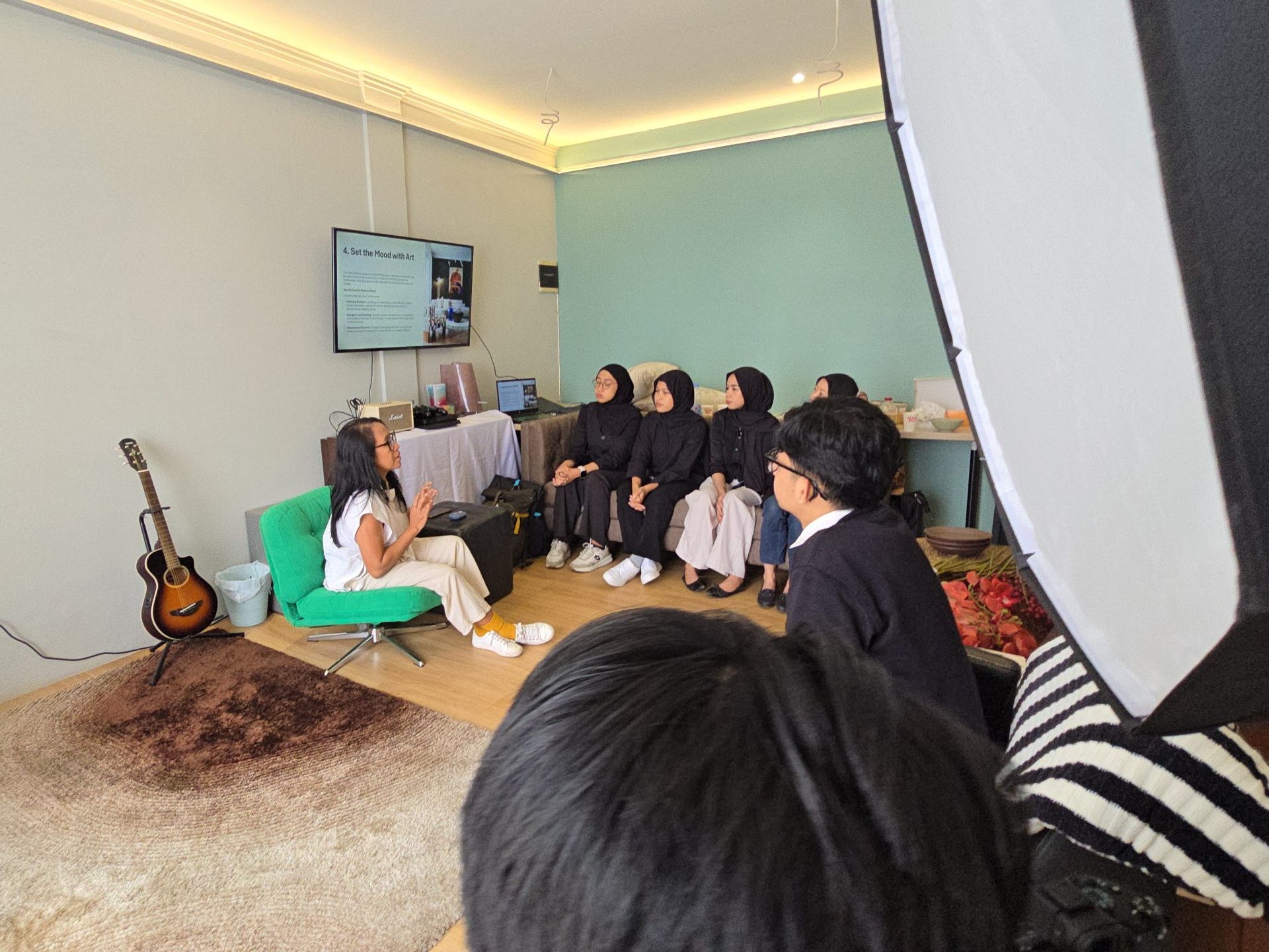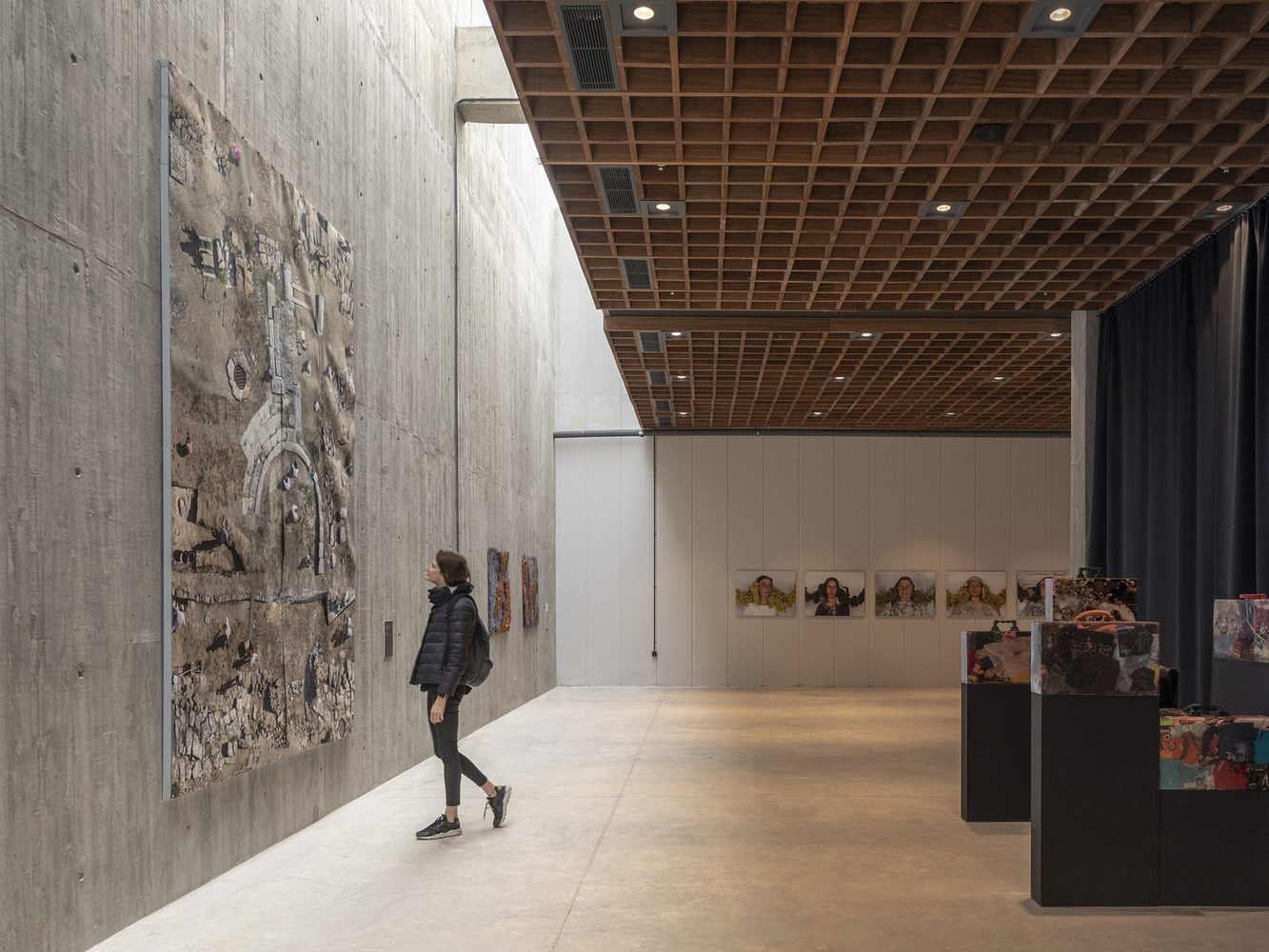
A well-balanced lighting scheme consists of three primary layers:
1. Ambient Lighting (General Lighting)
This is the foundation of a lighting plan, providing overall illumination to a space. It ensures visibility and comfort, typically achieved through ceiling-mounted fixtures, recessed lights, or large windows for natural light.
2. Task Lighting
Designed for specific activities, task lighting provides focused illumination where needed. Examples include desk lamps for reading, pendant lights over kitchen counters, and under-cabinet lighting in workspaces.
3. Accent Lighting
Used to highlight architectural details, artworks, or focal points, accent lighting adds depth and visual interest. Track lights, wall sconces, and LED strips are commonly used for this purpose.

Enhancing Well-Being Through Design
Interior design has a direct impact on physical and mental well-being. Key design strategies include:
- Biophilic Design: Incorporating natural elements such as plants, water features, and natural materials improves air quality and reduces stress.
- Ergonomics and Comfort: Well-designed furniture and layouts prevent physical strain and contribute to overall health and efficiency.
- Acoustics and Noise Control: Soundproofing techniques and soft materials can minimize noise pollution, creating a more peaceful environment.
- Air Quality and Ventilation: Proper airflow and non-toxic materials contribute to better respiratory health and overall well-being.

Impact on Behavior
Well-designed interiors influence human behavior in profound ways:
- Productivity and Creativity: Workspaces with thoughtful layouts, adequate lighting, and inspiring aesthetics enhance motivation and innovation.
- Social Interaction: Public and hospitality spaces designed for inclusivity encourage engagement and positive social experiences.
Relaxation and Stress Reduction: Residential spaces with harmonious design elements provide a retreat from daily stressors, promoting relaxation and mental clarity.

“Interior design is not just about beauty; it is about creating environments that positively shape human experiences. By understanding how design influences behavior and well-being, designers can craft spaces that enhance quality of life, promote health, and foster meaningful interactions. Thoughtful design has the power to transform spaces—and lives.”



